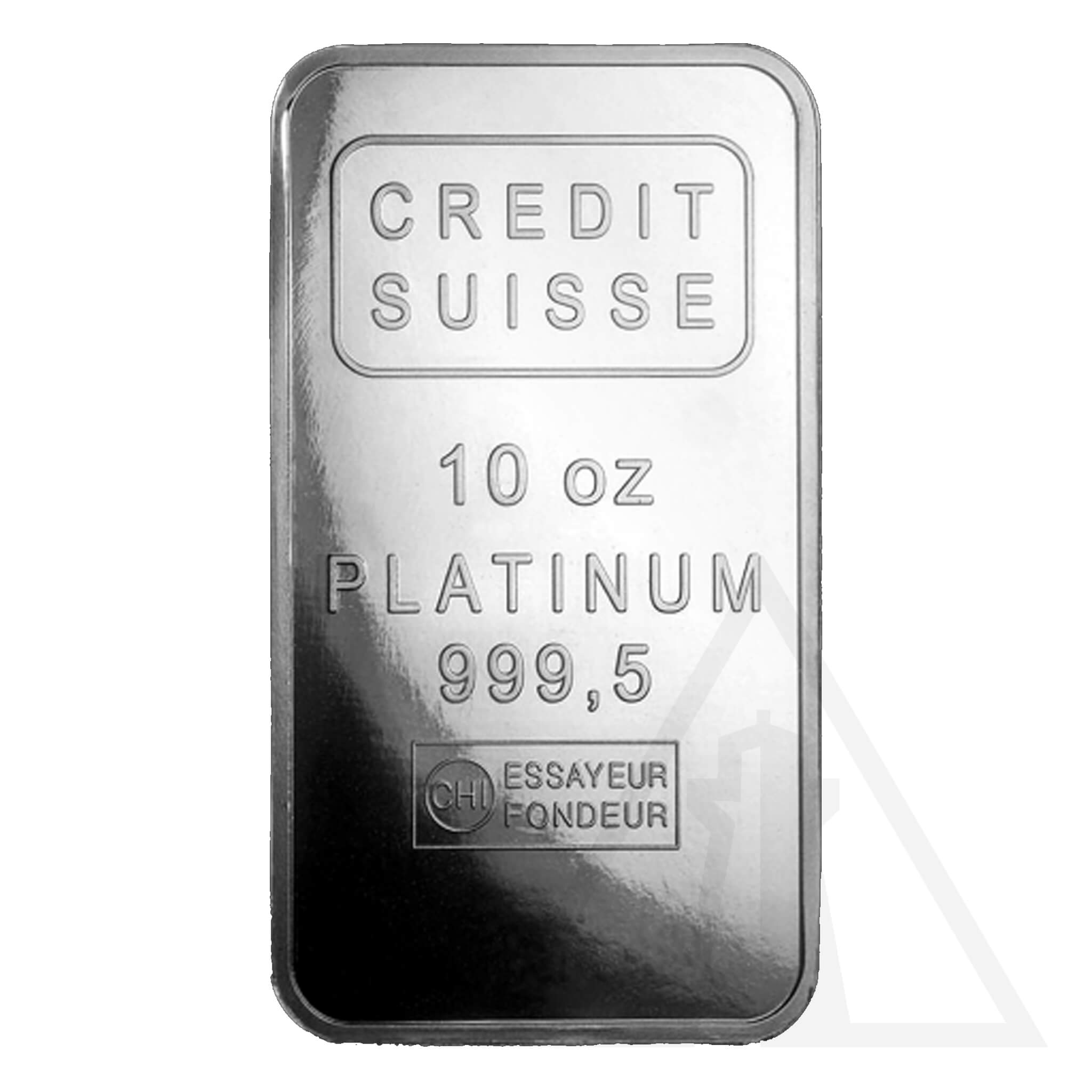You can appreciate we get all walks of life here at Delta Harbour Assets. From blue collar to white collar, Moms, Dads, Brothers and Aunts. Students, Dentists, Lawyers, Politicians, Millwrights, and everything else. I often get asked whether the paper markets will collapse and where gold and silver fit into a balanced and diversified portfolio. Here's my take, sprinkled with a bit of humour. I called it the PP style. Pragmatic and Patient – Remember, never shoot the messenger. Gold and silver, when strategically included in a balanced portfolio, can potentially enhance your investment strategy, providing a hedge against inflation and economic uncertainties.
Market Resilience and Current Trends
Let's talk about the recent market trends. The major indices—Dow, S&P, and Nasdaq—have been on a roll, hitting fresh record highs. The Dow has surpassed the 40,000 mark and is just below that mark, and the S&P 500 crossed 5,300 for the first time and seems to be staying in that neck of the woods for now. Despite the unexpected inflation spikes in early April, the market has shown resilience, bouncing back and maintaining a positive trajectory. US bond yields have fallen, bond prices have jumped, and traders are now speculating that US interest rates might decrease twice this year, possibly starting in July or September. This is quite a turnaround, demonstrating the market's ability to adapt and recover.
So, if you've been keeping your money under the mattress, it might be time to let it breathe a bit. I encourage you not to dismiss the messenger. ROI opportunities are abundant. You need to have a set of dingleberries and the determination to seize an opportunity when it presents itself. For now, the paper markets are still offering ROI, and it's up to you to make the most of it.
Year-to-Date Gains
As we examine the year-to-date gains, we witness a promising landscape, a testament to the success of balanced and diversified wealth strategies. The S&P has surged by 12%, the Dow is up 6.5%, and the Nasdaq has seen a substantial rise of 13.5%. The leading ETF, which tracks US markets, has also demonstrated robust growth of 12% in just five months. The TSX on Bay Street has not lagged either, with a 7% increase since January. The returns have been double-digit for those with balanced and diversified wealth strategies who have refrained from frequent adjustments. Tax-deferred capital gains, tax-reduced dividends, and tax-free returns of capital further amplify these returns. It's like stumbling upon a significant sum of money in the couch cushions, minus the lint. But the best part is yet to come.
If you were fortunate enough to hold gold, it is up just shy of 14%, while silver, its younger brother, is kicking ass with a gain of over 30% year-to-date. So, is it possible they will detach and run higher?
Well, history says yes. In the next 36 months, the traditional paper markets will likely crash. The magnitude of this crash is a pretentious debate. Some argue it will mimic or be worse than the great depression. In contrast, others are far more conservative, assuming that the "too big to fail" will remain in the lovely world of "fiat Paperville" as the printing presses usher out more quantitative easing or whatever word or phrase of the day they wish to use. They have used many.
The key to being pragmatic has always been understanding that gold and silver can rise during economic growth and contraction periods. Take, for example, 2002-2008.
Both the US and Canada had expanding balance sheets and solid economic growth, and they were in the green, with interest rates rising and seemingly some balanced budgets. Well, I know how this all went, as do our readers.
The crash happened, the worst since the great depression, at least on paper. Here we are some 16 years later, staring down the barrel of a mainstream investor who has not learnt to save, has not learnt to diversify, has seen his debt levels rise astronomically and has subsequently learned nothing from the subprime mortgage debacle of the US in that we all now know a sleazy landlord of some sort because they have inadvertently all bought real estate thinking it will never lose value.
Canadian Financial Struggles
On the other hand, it's essential to acknowledge the financial challenges many Canadians are grappling with. We have witnessed, time and time again, the Canadian snapshot of household debt hit record after record. The burden of mortgage debt and the struggle to save for down payments in low-yield investments, further eroded by inflation, can feel like an uphill battle. It's akin to trying to fill a leaky bucket with a teaspoon. Every single man, woman and child owes just over $59,500 CDN in respect to our total national Government debt of just about $2.3 trillion. (Read that again my friends - it is accurate)
This situation contributes to the wealth inequality in Canada, which is, to some extent, a result of the circumstances. With rising living costs and stagnant wages, many households are on a financial treadmill, running hard yet barely moving forward. These economic pressures are not merely numbers on a balance sheet; they translate into real-life stress and anxiety for families striving to secure their future. Understanding these challenges, we are committed to providing guidance and support through our reliable gold and silver ownership tools, helping Canadians safeguard their wealth and achieve financial stability.
Economic Factors Driving Market Optimism
- Economic Stability: Let's look at the leader of stability in the free world, the US. On paper, the US economy is doing well. Unemployment is below 4% and has been stable for two years. GDP growth is steady, consumer spending is somewhat strong, and savings are on track, by paper numbers. Suppose Trump is re-elected (currently about a 50% chance). In that case, he is expected to lower corporate taxes, encourage accommodative monetary policy, increase federal spending on the industry, relax environmental regulations, and favour domestic producers in trade policies. These factors boost market confidence. Think of it as Mr. Market getting a shot of Red Bull.
- Inflation Control: Recent reports indicate that inflation is cooling. Despite higher mortgage interest and energy prices, headline and core inflation have dropped, again with a grain of salt, as this is paper reporting at its finest, not real-world experience. Slowing wage gains and hiring suggest a soft economic landing. It's like inflation went on a diet and lost a few pounds. Again, I urge you not to shoot this messenger.
- Federal Reserve Policy: The Federal Reserve will likely start cutting rates. The economy is stable enough to avoid overheating with gradual rate reductions. Fed Chair Jerome Powell has assured investors that rates will not rise, and current data supports this. A rate cut is expected in September, followed by another by Christmas and potential further reductions in 2025. It's like getting an early holiday gift from the Fed—without the wrapping paper. It will boost gold and silver as the US dollar value slips under less favourable ROI environments for treasury buyers.
- Corporate Profits: Strong corporate earnings are a key driver of investor confidence. In the latest quarterly reports, over 70% of companies have exceeded analysts' estimates, with profits growing almost 8%, group-wise, surpassing the anticipated 5%. Companies are playing a financial leapfrog and jumping higher than expected. Please remember what we have discussed about this, though, as many companies invested their own money in their shares, not to mention the obscene amounts of monopoly money that have been thrown into boosting this corporate environment.
The Historical Resilience of Markets
In the past 20 years, markets have shown incredible resilience through numerous crises, from the dot-com bubble burst and 9/11 attacks to the subprime mortgage crisis, global financial collapse, and more recent events like the COVID-19 pandemic and geopolitical conflicts. Despite these challenges, the market has advanced steadily, driven by technology, economic growth, and investor optimism. It's like the market has nine lives—or maybe even ten now that we know for sure what the government and central bank responses will be to any significant downside. Print it away. Keep the players flush with fiat. But remember that gold and silver are also resilient markets, maybe the most resilient of all, with a track record that spans some 5000 years of history.
The Role of Gold and Silver
Regarding gold and silver, they certainly have a place in a balanced and diversified portfolio. These precious metals act as a hedge against inflation and economic uncertainty. While they may not provide the same growth potential as equities, they offer stability from time to time and help mitigate risks during market downturns and market booms. As evidenced by their gains over the past 20 years, they are both formidable adversaries. Think of them as the financial equivalent of comfort food—they're not flashy but reassuring when things get tough and always there, like a constant for you as an investor, should these cycles ever change or break down. In the end, think about it. If you woke up tomorrow and the paper markets went belly up, the banks shortened their borrowing windows or stopped lending and altered your ability to withdraw your money, what would you do? Seriously, think about that. Then, we realize that this exact scenario has already happened in Cyprus, Greece, Argentina, Iran, and Venezuela, to name a few, in the last 20 years.
Conclusion
The term "don't shoot the messenger" traces its origins back to ancient times, reflecting the peril faced by bearers of bad news. The expression encapsulates the age-old practice of blaming the bearer of unwelcome news rather than the source of the news itself. Unfortunately, I don't foresee an imminent collapse of the paper markets just yet.
Instead, I see a history of resilience and growth. However, maintaining a balanced and diversified portfolio, including allocations to precious metals like gold and silver, is essential for long-term security and success. It's crucial to understand that alternative hard assets, besides real estate, offer liquidity, freedom from debt, and lifelong income. This knowledge should be passed on to the next generation for their financial well-being. Investing is like gardening—sometimes you plant, sometimes you prune, but you always look forward to the harvest. Now you know. What you do with it is always up to you.
Yours to the penny,
Darren V. Long







